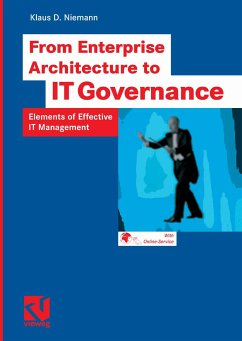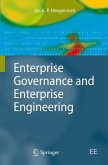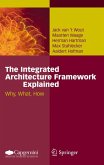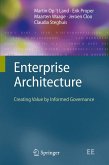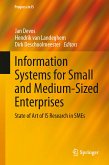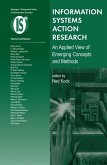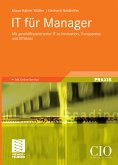This book shows its readers how to achieve the goal of genuine IT governance. The key here is the successful development of enterprise architecture as the necessary foundation. With its capacity to span and integrate business procedures, IT applications and IT infrastructure, enterprise architecture opens these areas up to analysis and makes them rich sources of critical data. Enterprise architecture thereby rises to the status of a crucial management information system for the CIO. The focused analysis of the architecture (its current and future states) illuminates the path to concrete IT development planning and the cost-effective and beneficial deployment of IT. Profit from the author's firsthand experience - proven approaches firmly based in enterprise reality.
Dieser Download kann aus rechtlichen Gründen nur mit Rechnungsadresse in A, B, BG, CY, CZ, D, DK, EW, E, FIN, F, GR, HR, H, IRL, I, LT, L, LR, M, NL, PL, P, R, S, SLO, SK ausgeliefert werden.

